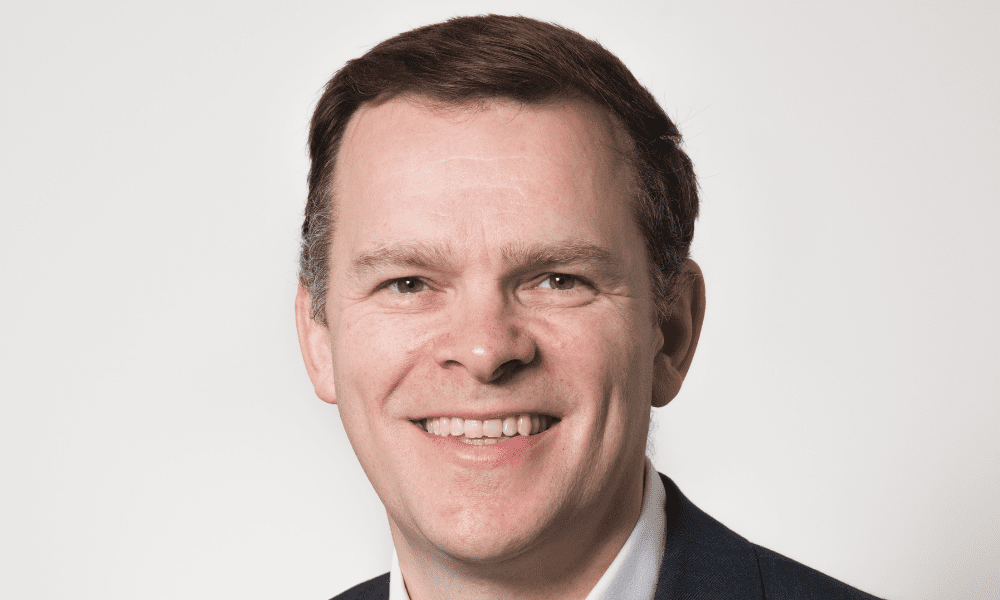

Kelly Ostler-Coyle, head of communications and stakeholder relations at Flood Re (a UK government-backed flood insurance scheme) highlighted the challenge of flood claims. “When Flood Re started, if you’d had a previous flood claim, it was really hard to get insurance… the premium, and the excess would be so high that it would be almost like self-insuring,” she said.
Addressing flood risk now requires a focus on long-term resilience. Ostler-Coyle stressed: “We need a housing stock that’s going to be there in many years’ time, that isn’t going to have to be continually rebuilt because of flooding.” She warned of the ripple effect of development on flood risk: “The more you build over, the less there is for the rain to absorb, so we need to be building with flood risk in mind… even if you protect one new area, it could run down the hill and affect a village that’s never been flooded before.”


















